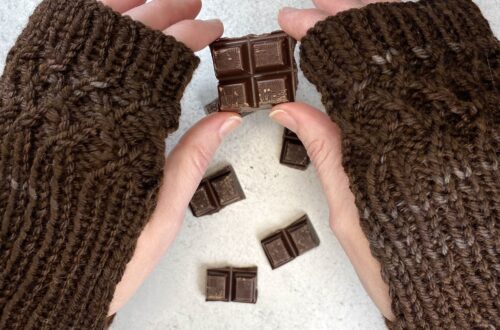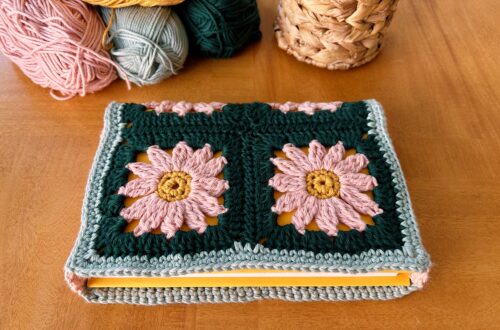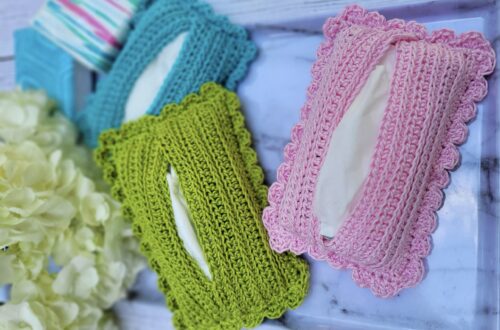Sashiko and Double Gauze Quilting
Hello friends! Oh my goodness I’m so excited to share this latest project with you today!

Its been a dream of mine for a long time to make a quilt using double gauze fabric and Japanese Sashiko stitching. So this project was actually really quite special to me.

How familiar are you with double gauze fabric? I’ve actually never sewn with it before so I’m here to give you all the pointers! I’ve handled double gauze in the past and it just seemed like it would fall apart upon sewing, but when I received this Embrace double gauze in the mail from Shannon Fabrics I was blown away by the quality. So that’s your first pointer: quality matters! (The double gauze fabric in the picture below has been washed, dried and folded. More on that in a little bit.)

My next question for you is this: how familiar are you with Japanese Sashiko stitching? Some people refer to it as “big stitch quilting” but it’s actually different in the sense that it is a decorative sort of stitching used in mending and quilting. I’ve experimented with it before making potholders, mending blue jeans, and a few other small projects. This is the first time I’ve tackled a big project with it!

Clover has some amazing Sashico Needles (spelled with a ‘c’ not a ‘k’) and I was super excited to use them on a big project! When all your quilting is going to be hand-done, it is vital that you have needles that stay sharp, feel good in your fingers, AND have the right size eye for the thicker thread traditionally used for Sashiko stitching. This pack of needles is my favorite because there are four different types. You can experiment until you find just the exact one you like the best!

We’ll talk some more about the necessary tools you will want to have on hand for this quilt. But first I want to answer a few questions that I know you’re wondering!
Does Double Gauze shrink in the wash and therefore need to be pre-washed? I did a sample test, carefully measuring out a yard of double gauze, washing it in the washing machine on cold, drying in the dryer on delicate. Then I measured it again and it was exactly the same size. I experienced zero shrinkage. I did see that the dark blue fabric I was using did bleed on the first wash, so I washed it again to make sure and it was perfectly fine. So with that in mind, I DO recommend washing first.
Do you have to iron double gauze before cutting and does it unravel when cut? I did not iron my fabric after removing it from the dryer; I simply gave it a little shake to remove any wrinkles and it was perfect. Keep in mind that double gauze does have a little crinkly look but that is one of the beautiful things about it! I had no issues with any unraveling upon cutting. As a matter of fact it was lovely to cut. I put a new blade in my Clover Rotary Cutter and it was an absolute dream to cut. It sat on my sewing table for a few days before I started sewing the blocks together and it held its shape beautifully.

Okay, so now that we have the double gauze questions out of the way, lets walk through the making of the quilt!
Note: This quilt is easy for a beginner quilter as long as you have a little experience in piecing and assembling a “quilt sandwich” of your backing, batting, and quilt top.
I felt like to really showcase the fabric, as well as the Sashiko stitching I wanted to make a patchwork quilt. I cut each block at 9 inches and I laid them on the floor until I got the look that I wanted. I then sewed them together in rows and then sewed each row together. Since I didn’t know if the double gauze would unravel during sewing, I sewed it with a 1/2 inch seam instead of the standard 1/4 inch seam generally used in piecing a quilt top. The seams were so easy to work with, that I didn’t even bother ironing any of them down. I did press the entire quilt top once the blocks were all pieced together.
I also used a double gauze fabric from Shannon Fabrics for the quilt backing. (I did have to piece two pieces together to make it wide enough.)
Everyone has their own way of making the “quilt sandwich” but my favorite is to lay the backing fabric on the floor, smooth out all the wrinkles and then tape the edges to the floor. I use Frog painters tape for this step and it works perfectly.

I then lay my quilt batting on top of the backing, and then the quilt top on the batting. And there is your perfect “quilt sandwich”! (The quilt batting I used is Quilters Dream Bamboo, as I know it is very soft and cozy and I thought that would be the perfect match with the double gauze and it was!)

Once you have your sandwich in place and completely smooth, now it is time to baste it together. There are several methods you can use to baste your quilt: hand baste with needle and thread, spray baste the layers together with adhesive, or you can do what I do and use the amazing Clover Wonder Pins. These are my favorite because you can pin them in place with just one hand, as you are holding things smooth with the other hand. They are so easy to use!

Once I had the “quilt sandwich” all basted, I removed the tape from the backing fabric and I sat down with my Sashiko stitching supplies. You will need the needles I already mentioned as well as my favorite thread, which is the DMC size 8. You can use any color, but the traditional Sashiko is white. This size 8 thread is thick like embroidery thread but on a spool so it makes it very nice to work with. You will also need a small ruler, sharp scissors like my favorite Clover Bordeaux Ultimate Scissors, a Coin Thimble, a Water Erasable Marker, and a Hera Marker.

Most people would probably have a plan on how they intended to do the Sashiko stitching but I did not. I literally was winging it from block to block! Some of the time I drew a bit of a design using the fabric marker and other times, I simply eye-balled it. However, once my quilt was complete I have to admit that my favorite stitching was when I used the little ruler and the Clover Hera Marker to mark the lines and then just stitched along the groove that the Hera Marker left.

I did not worry overly much about my stitches being the perfect length or perfectly straight. I’ve seen enough pictures of Sashiko stitching to know that being a bit wonky is actually really appealing!

About a third of the way through I began to feel like my quilt needed a little more color and personality so I began to add patches at that time! (I told you I was winging it!!) Patches are such a simple thing to add to any project and I used the Clover Wonder Fuse to make my patches. Its simple: cut the piece of fabric the size you would like, iron the same size Wonder Fuse to the back of the patch, remove the paper backing from the Wonder Fuse and then iron the patch to your quilt.

Use your Sashiko stitching in any form you would like to hold the patch permanently in place. I attached my patches in many different ways. I will say here that stitching through the layers of double gauze and soft bamboo batting was absolutely effortless. The Sashico needle just sailed through. It was a tiny bit harder to hand stitch through those layers plus the patch but my Clover needle was sharp all the way through and I couldn’t have been happier. I only used one needle through all the thousands of stitches on this quilt.

Once my quilt was completely stitched in the way that I wanted, I trimmed it up nice and square using the Clover Rotary Cutter and then I attached the binding as you would on a normal quilt. I did use the double gauze for the binding as well, which I sewed on with a bit larger than 1/4 inch seam so that it would hold firm from any unraveling, even though I didn’t really feel it was necessary, I just wanted to make sure. Use your Clover Wonder Clips to hold the binding in place as you sew it on! (Have you used Wonder Clips? I’m here to tell you that I hardly ever use pins in my sewing anymore… Wonder Clips are always at the ready next to my sewing machine and in my hand sewing kits.)

I completed my binding by hand sewing to the back of the quilt. But then I decided it needed a little more Sashiko stitching to tie it all together, so I did a decorative Sashiko stitch all the way around the binding. This doesn’t hold the binding in place, it is simply a decorative stitch sewn through the top layer of the binding, but oh my goodness do I love how it came out!

Once my quilt was completely finished, I took a (VERY) deep breath and I put it in the washing machine on gentle cycle in cold water and then into the dryer on delicate. Nothing fell apart, all my patches stayed in place, none of the seams in the double gauze blocks unraveled, no bleeding of the fabric, and guess what? Absolutely beautiful crinkly coziness!

I have no idea how many hours I spent stitching all these Sashiko stitches (it was a lot) but I found it to be very therapeutic and blissfully easy. Every evening when the dishes were done, the house was picked up, and my husband was playing his banjo, you would find me comfortably stitching away in the recliner!

The amazing Clover tools paired with Shannon Fabrics double gauze and you have the perfect combination. I could not be happier with this quilt and it might just be my favorite one!
I challenge you to make one for yourself! And if you have any questions, feel free to reach out to me on IG @redfeedsack. Thank you for following along today!
~ Dori ~
P.S. Did you wonder where this picture below was taken? Here’s the backstory: my daughter and her husband and their two little girls have a home on our farm and when I took the quilt to the woods to try to find a place to photograph it, I saw that my grand-girls were in their treehouse, so I asked for their help. You can see the four little hands holding the top of the quilt. This picture ended up being my very favorite!

Happy Spring, my friends!
Find Dori on her Blog | Instagram | Pinterest
Stay connected with Clover on Facebook | Twitter | Instagram | Pinterest | YouTube | Ravelry
[mc4wp_form id=”11289″]


